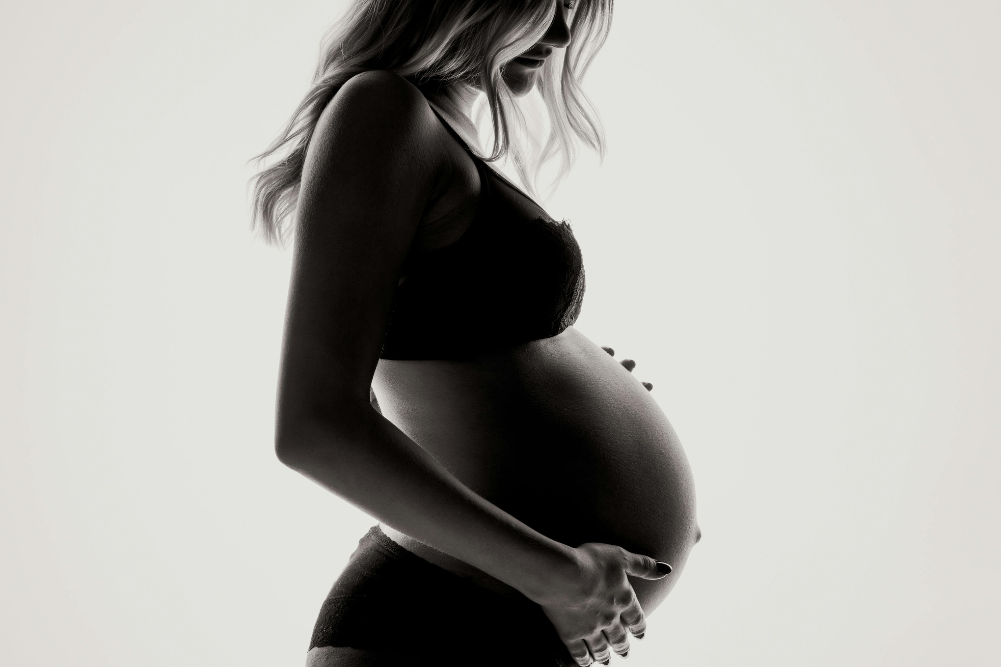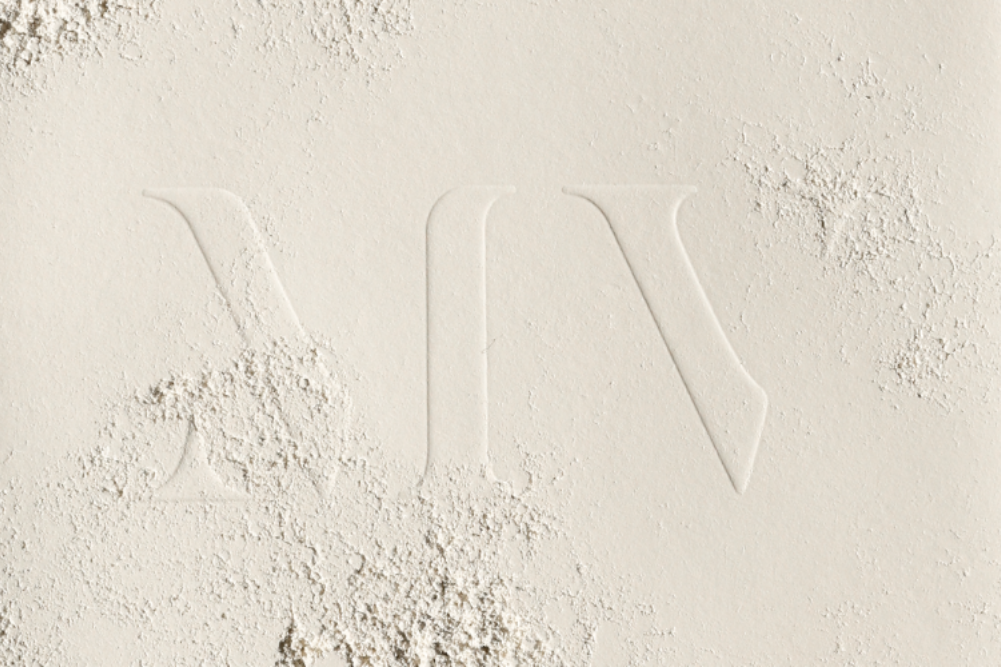How to manage adult acne
Spots don’t discriminate — we all get them. But if your teenage years are behind you and you still suffer from more than the odd breakout, there may be an underlying cause. Adult acne has been on the rise in recent years, but the good news is that, by addressing your skin issues from the inside out, you often improve your overall health.
Understand your hormonal makeup
If you suffer from adult acne, ask your doctor to conduct some hormonal tests. One of the most common hormonal imbalances that can induce acne is an increased sensitivity to, or raised level of, testosterone and/or androgens. Polycystic ovarian syndrome/ovaries may also be involved in androgen imbalances and insulin and blood sugar imbalances. In fact, acne has often been described as diabetes of the skin.
Naturopath Alison Cassar suggests that adopting a low-glycaemic diet and balancing your blood-sugar levels with supplements and foods containing chromium, calcium, magnesium, zinc and alpha-lipoic acid can help lower the insulin in your body. Herbal medicine and balancing blood sugar levels can help to balance testosterone and androgens.
If your acne worsens mid-cycle or around your period, an oestrogen/progesterone imbalance may be to blame. Nearly half of all women experience acne at these times, with women over 30 experiencing it more frequently than women under 20. Ask your healthcare practitioner to test these levels to determine their ratio. The typical picture will be one of oestrogen dominance.
Says Cassar, “Herbal medicine such as chaste tree and peonia, and nutrients such as zinc, magnesium and vitamin B6, can help to raise progesterone levels to be more balanced with the oestrogen. You can reduce oestrogen levels by improving liver detoxification with foods and nutrients as well as limiting your exposure to non-organic dairy and meats.”
Manage stress
Managing stress and taking herbal medicine and nutrients that help to lower and control cortisol (the stress hormone) can help to keep acne under control. Vitamin B5 has also been shown to reduce acne and oily skin by regulating cortisol levels, while omega-3s can help regulate stress hormones.
Change your diet
Poor diet choices and food sensitivities may be the cause of adult acne rather than hormonal imbalances. The clue is in the type of spot you have: fine red pimples or whiteheads on the face, neck and chest are usually caused by food reactions; large pimples and cysts are generally hormonal.
The first step to treating adult acne is to identify any food sensitivities via an elimination diet. Wheat, dairy, sugar and fatty deep-fried or creamy foods are the usual suspects, although if your first acne flare-up appeared in your late 20s, salicylates and amines could also be possible causes. Eating low-GI and anti-inflammatory foods, such as green leafy veg, and taking sugar-metabolising nutrients, such as chromium, magnesium, calcium and zinc, can all help, as will avoiding dairy. Studies have shown that dairy raises insulin levels, clogs the lymphatics and congests the liver.
Consider a detox
Your skin is often the first place to show when the liver is congested, as wastes and toxins are pushed out through the skin. A detox can help spring-clean your liver and elimination organs and significantly improve your skin. While you may get breakouts during a cleanse, this usually subsides once toxins have been flushed out. Avoid alcohol, coffee and fried foods during a detox.
Improve lymphatic flow
Lymphatic fluid rests just below the skin — the body’s largest elimination organ — so, when the lymphatic system is sluggish or unable to rid itself of toxins, the skin suffers. To improve lymphatic flow, start by drinking at least two litres of filtered room-temperature water daily. Dry-brushing the skin daily for 1–2 minutes before a shower will also help, as will walking, jogging, swimming and cycling.
Your topical guide to combatting pimples
1. Spot masks. Green, white or pink cosmetic clay draws impurities from the skin — boost your mask by adding a shake of turmeric, a drop of tea-tree oil and a little tomato juice. Alternatively, crush a garlic clove in some water, apply the liquid to your spots and leave on for five minutes. Garlic is best used on individual spots as opposed to whole areas as it can burn a little.
2. Use zinc oxide. A brilliant anti-inflammatory, zinc oxide quickly calms angry spots. Ask your chemist for a zinc-oxide cream and rub over spots nightly.
3. Don’t over-wash your skin. Acne is rarely caused by dirty skin. Alkaline soaps, foaming cleansers and hot water can dry out your skin, triggering your sebaceous glands to produce more oil. Use a gentle, non-foaming pH-balanced cleanser morning and night.
4. Try an oil cleanse. Oil-based cleansers and undiluted oils, such as macadamia, jojoba or vitamin E oil, dissolve sebum and naturally clean skin. They also teach skin to reduce its own oil production and help reduce skin oiliness over time. The key is not to leave oil on your face.
5. Exfoliate! Dead skin cells can block oil-gland openings, so gently exfoliate your skin two or three times a week. Ground oatmeal is a cheap, gentle and effective exfoliator and can help to control blackheads.
6. Steam your face. Steaming opens pores, removes blockages and promotes detoxification. Half-fill a bowl with boiled filtered water, then add 2–3 drops of essential oil (chamomile, lavender, tea-tree) mixed into a teaspoon of carrier oil. Place your face over the bowl and cover your head with a towel so the steam doesn’t escape. Keeping your face at least 20cm away from the water, steam for five minutes. Follow with gentle exfoliation and a cleansing clay mask. Repeat 2–3 times a week.
7. Whole-body steaming. Infrared or wet saunas are a great way to eliminate wastes and toxins. For the best results, stay in the sauna for at least 15 minutes, then rinse under a shower and go back in for another 15 minutes. Avoid steam-rooms and saunas if you’re pregnant, unwell or on heart medication.
8. Use a low-oil moisturiser. If your skin is dry on the surface yet oily underneath, over-washing may be to blame. Wash skin morning and night to allow the oil to flow to the skin’s surface.
9. Use anti-bacterial cleansers regularly. These can topically help to heal your acne.
10. Avoid touching your face. The bacteria on your hands can increase the possibility of infection. Keep your hands in your pockets!
- Before taking any supplements, please contact your natural health practitioner.








